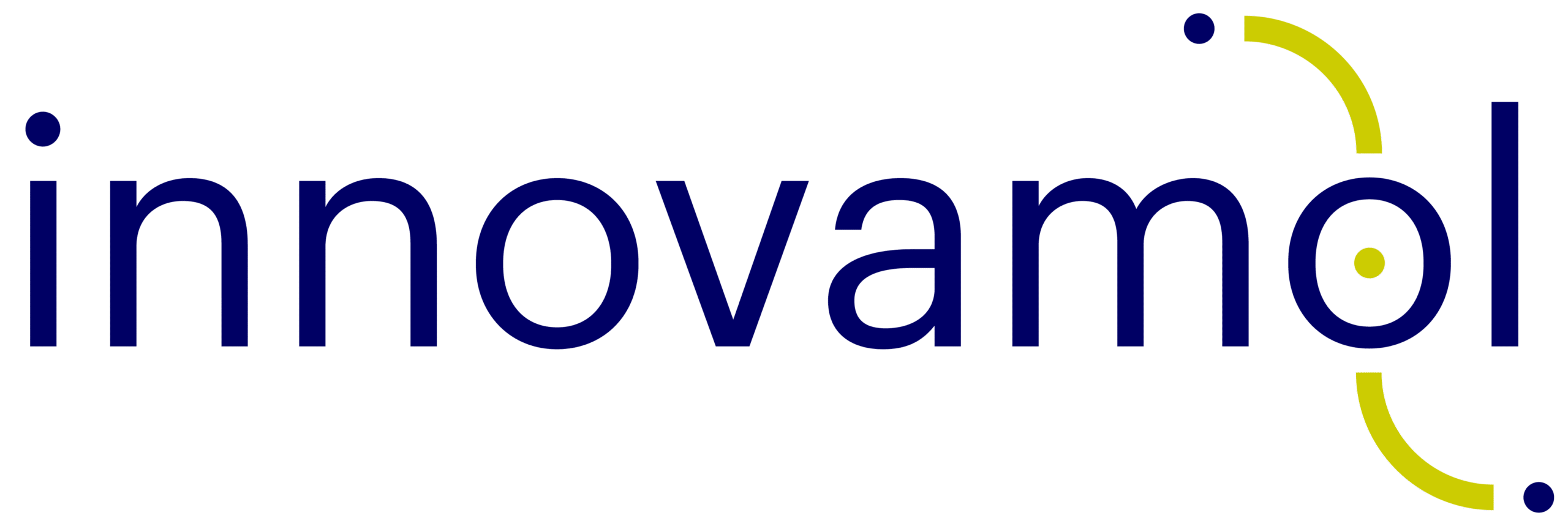In today’s world, where the boundaries of scientific research continue to expand, understanding what defines a “great” scientist is crucial for both researchers and the broader public. Awards, citations, h-index, and prolific publications are just part of the story. Truly impactful science is built upon foundational principles that go beyond the output. However, what are the true indicators of scientific excellence? How can we evaluate the quality of research as we explore a landscape full of data from diverse sources?
At the core of genuine scientific achievement lies integrity and dedication to rigorous research practices. Great scientists are not simply productive, but they are also deeply committed to accuracy, transparency, and reproducibility. They conceive insightful questions, design robust experiments, and ensure that their findings are reliable and meaningful. A single, well-executed study can have a more profound impact than dozens of papers if it introduces new perspectives or durable applications. The scientific community strongly agrees with this emphasis on quality over quantity. While a high number of publications can reflect a scientist’s dedication, it is the quality—evaluated through factors such as sound methodology, statistical rigor, and reproducibility—that makes their contributions genuinely valuable.
One of the greatest challenges facing science today is determining the credibility and reliability of information. With research publications now emerging from an array of sources, not all of which are held to the same rigorous standards, it becomes essential to evaluate the reliability of both the research and the researcher. At Innovamol, we often discuss the concept of “tiers” of information. In this framework, primary peer-reviewed publications hold, for instance, one tier, while other materials, such as grey literature—often unpublished but potentially credible— present unique challenges but hold another tier. A crucial question when evaluating any source is not just what is being said but who is saying it. It often “depends on who is saying what”, which shifts the focus to the credentials and reliability of the researcher. This approach reminds us that credibility isn’t solely based on the publication platform but also on the expertise and reputation of the individual researcher. Even within reputable platforms, understanding the background, track record, and past work of the scientist enhances our ability to assess the reliability of their contributions.
In this complex landscape of information, ranking systems could have an intrinsic value in highlighting individuals who consistently contribute to high-impact science. These rankings are more than just lists, since they reflect a lifetime of dedication to producing valuable and reliable research. For instance, Elsevier uses metrics like citation impact to identify the world’s leading scientists, acknowledging those whose work has a lasting influence on their fields. In Innovamol, we pride ourselves to have our director of research, Dr. Alberto Del Rio, recognised in the Stanford University “World’s Top 2% Scientist”!
In science, where new discoveries often build upon previous findings, the importance of quality cannot be overstated. More than any ranking or citation, the true hallmark of a great scientist lies in their dedication to advancing knowledge in ways that are truthful, reproducible, and beneficial.
“Forschung ist, was ich tue, wenn ich nicht weiß, was ich tue” (Research is what I’m doing when I don’t know what I’m doing) – Wernher von Braun

